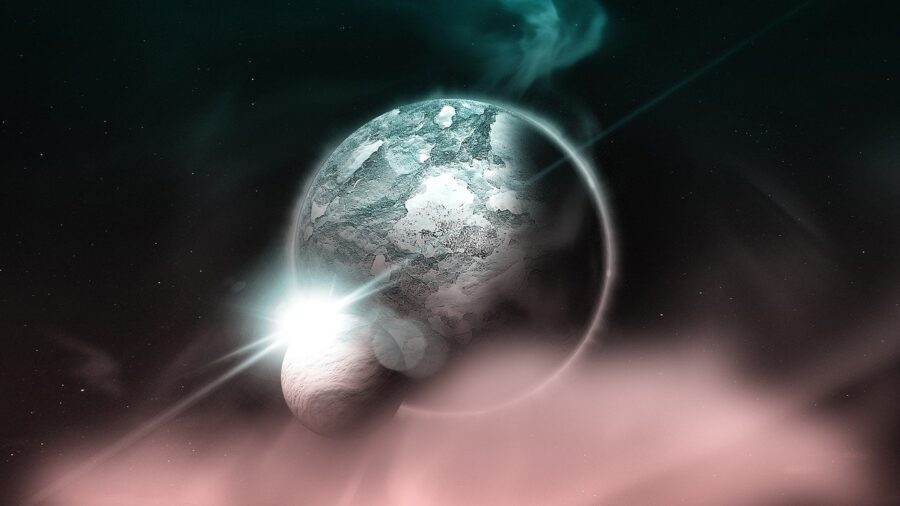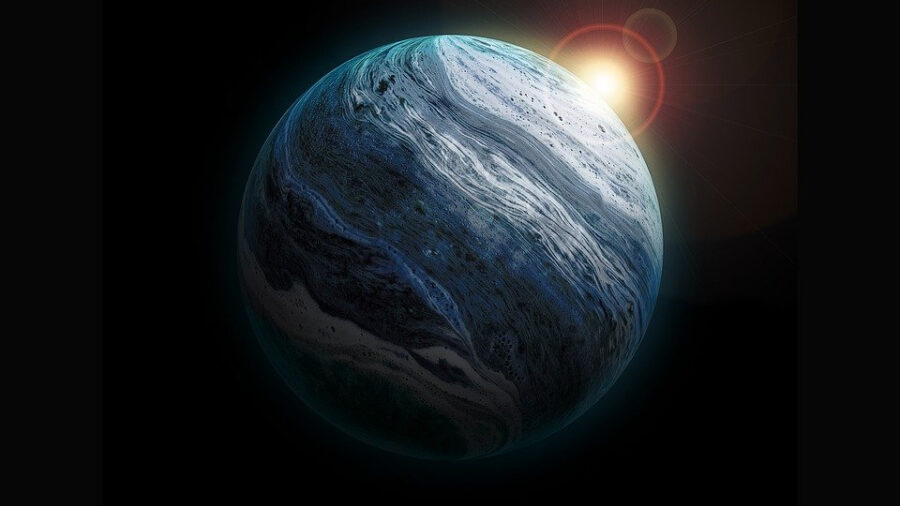Researchers Find A Planet Hiding In Our Solar System?

If you’re still reeling from the trauma surrounding the downgrade of Pluto from planet to dwarf planet, you may want to proceed with caution. In today’s bit of cosmic news, a group of dedicated researchers is putting their time and resources into uncovering the truth about Planet X – the possible ninth planet found in the Kuiper Belt.
New research suggests that what was once thought to be a ninth planet in our solar system might actually be a large pile of space debris.
While there’s been nothing short of a back-and-forth mentality when it comes to how experts have viewed the space mystery over the years, a recently published paper in the MNRAS Letters dives into the latest theory surrounding the anomaly, believing it to be essentially a giant piece of space junk.
In their findings, the researchers say that Planet X may just be a bunch of space rubbish that found itself meshing together billions of years ago to form what appears to be a planet.
This theory is much less exciting than those over the last century who have pointed to the existence of another planet to be blamed for the strong gravitational pull hooking onto Neptune and Uranus but it could be a major step in unlocking the truth behind this so-called Planet X.
Where is Planet X Located?

Stumping those in the scientific community for over 100 years, and causing arguments surrounding its existence, Planet X is now believed to be hanging out in the Oort cloud as opposed to its originally thought location in the Kuiper Belt.
Known as a spherical region that revolves around our solar system, the Oort cloud is a place where icy objects go for purgatory – stuck in a gravitational pull where they linger forever. It’s in this cloud of debris that the scientists behind the new article are theorizing that Planet X came to be.
According to the researchers, there’s also the possibility that Planet X is a planet from another solar system that managed to get itself sucked into the Oort cloud, trapped forever. For now, it isn’t overly clear which answer is the right one and even these scientists admit that it could be a matter of neither theory being correct.
While the chances for the Sun to send a planet to the Oort cloud are 50 percent, there’s only a 7 percent chance that the cloud’s pull could’ve trapped a planet the size of Neptune in its pull.
There’s also the possibility that Planet X is a planet from another solar system that managed to get itself sucked into the Oort cloud.
It’s been an exciting few weeks for space exploration as NASA revealed giant steps forward for astronauts by establishing a way to turn urine and sweat back into water – allowing space travelers to go on longer expeditions.
And even though Planet X has the focus of today’s piece, Mars has also been making headlines as scientists believe that there’s a chance of water making its way back to the Red Planet – even if that means in a few more (billion) years.
As for the truth behind Planet X, there’s still plenty to be discovered when it comes to exactly what the object is and how it got to the Oort Cloud. Due to its location and our involvement in other pursuits, it seems unlikely that any up-close exploration will be done any time soon.












